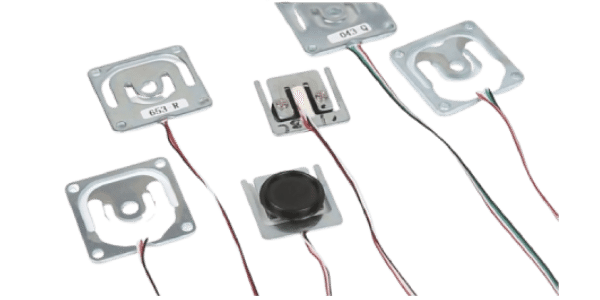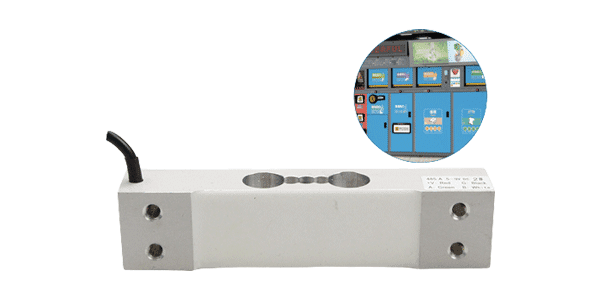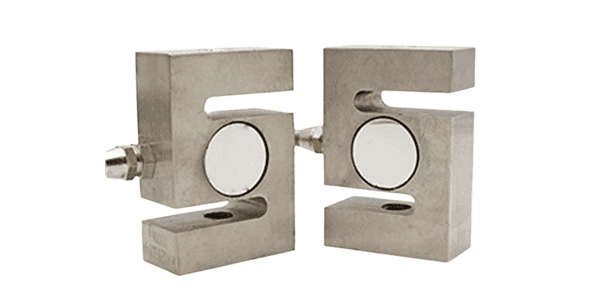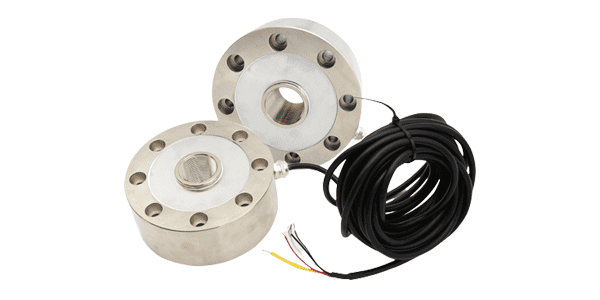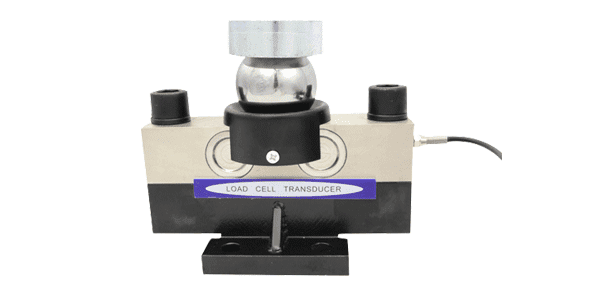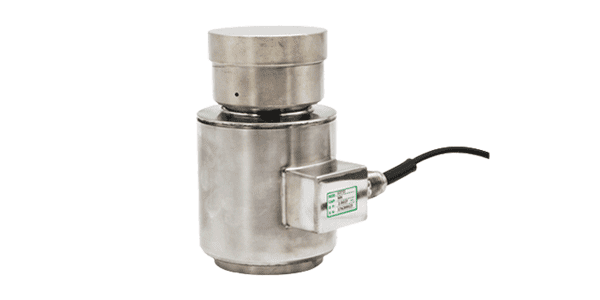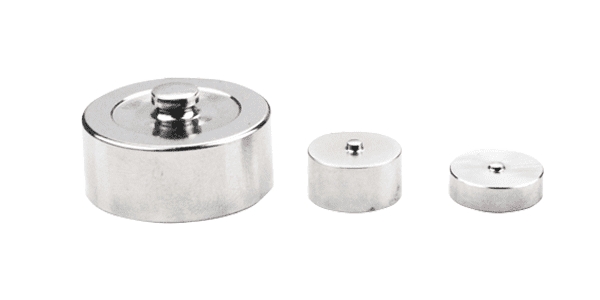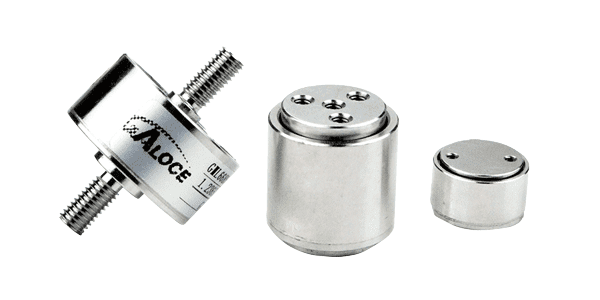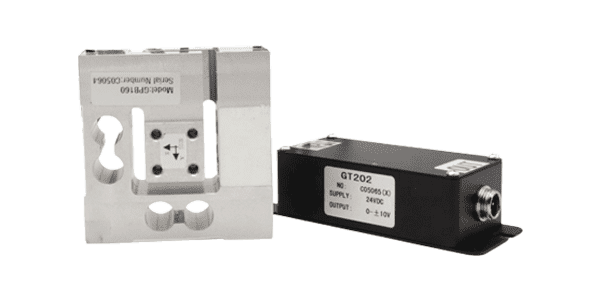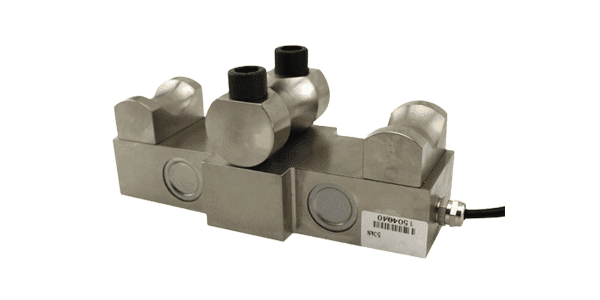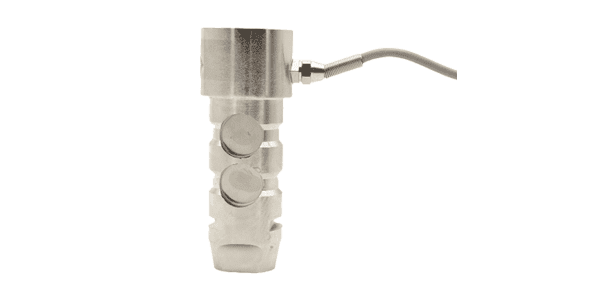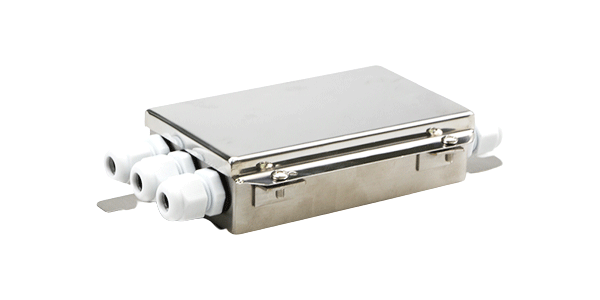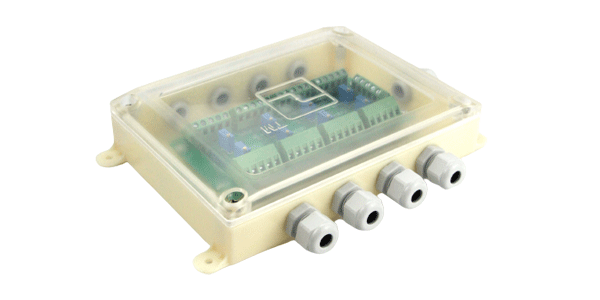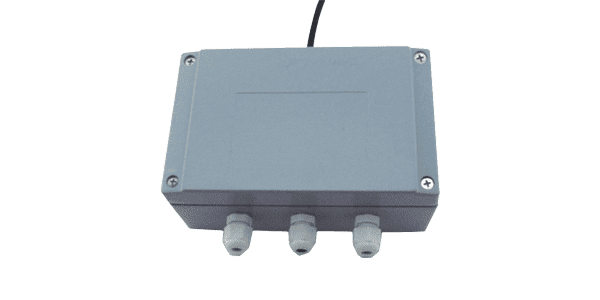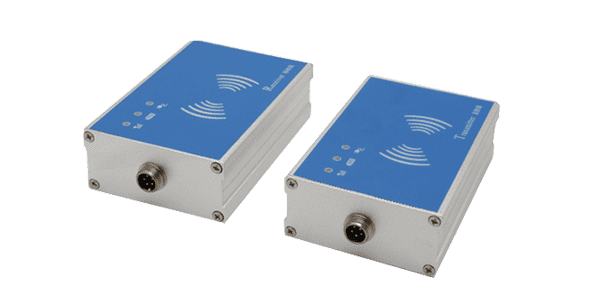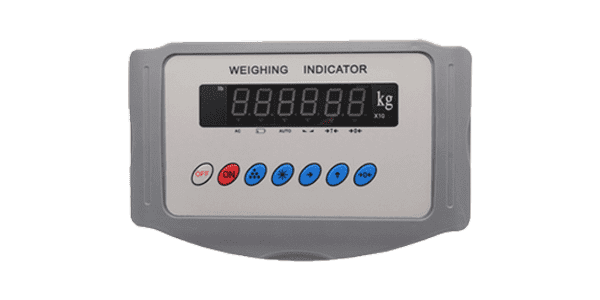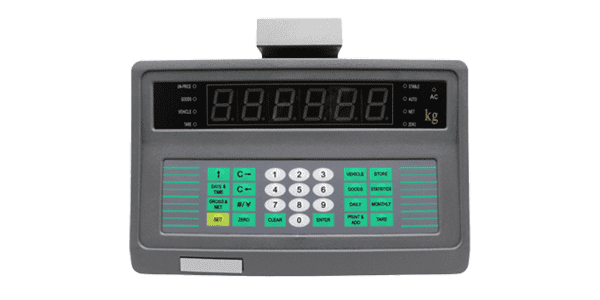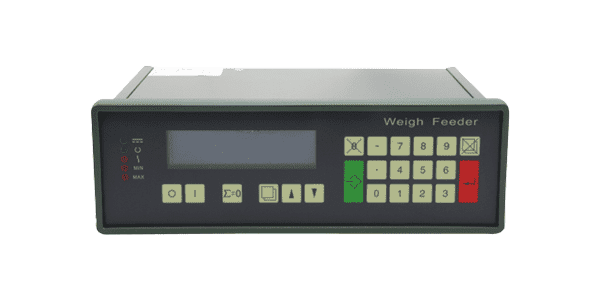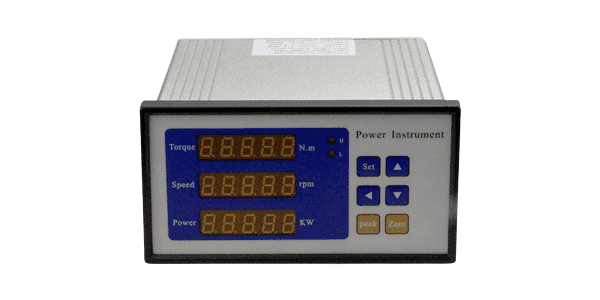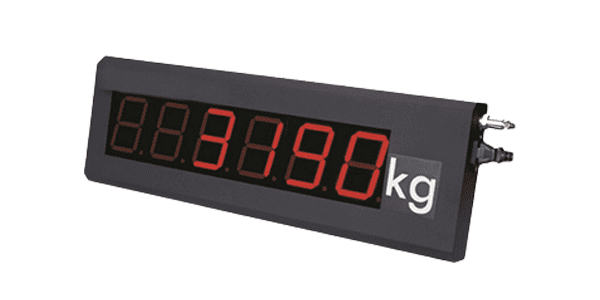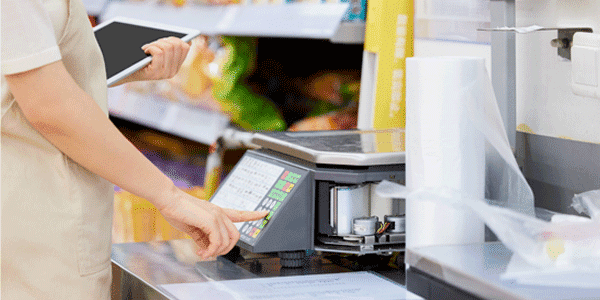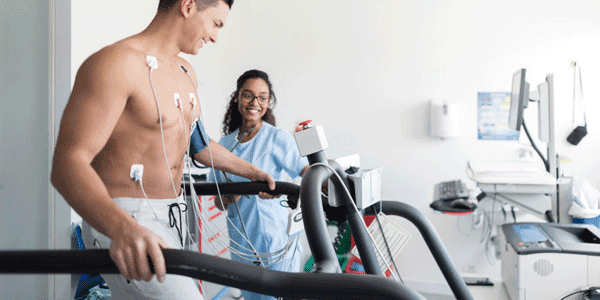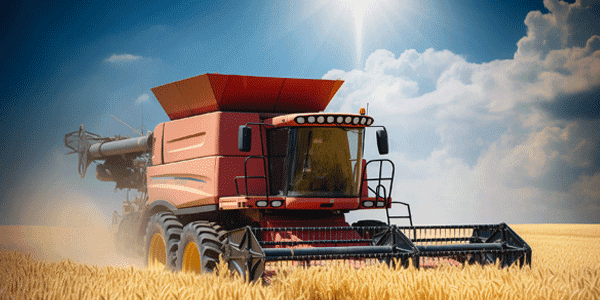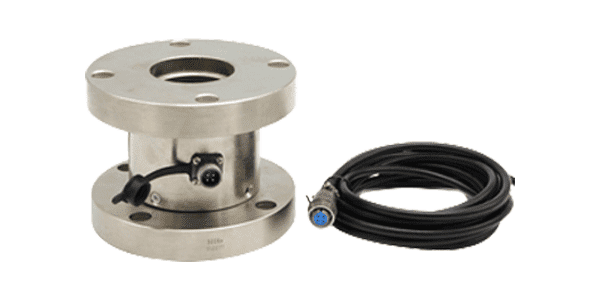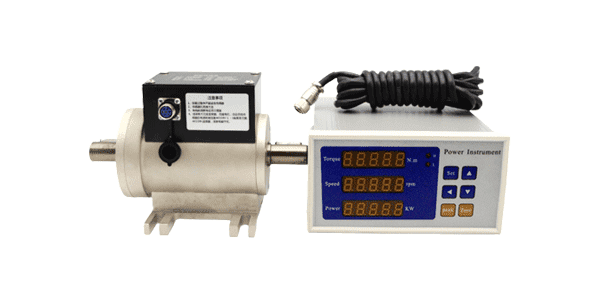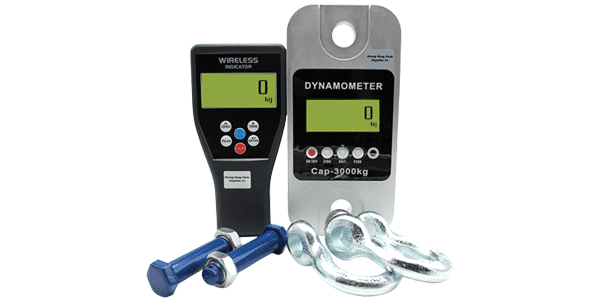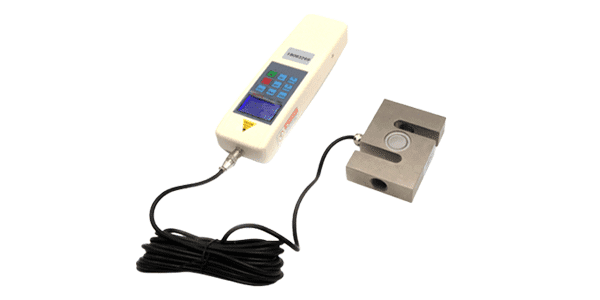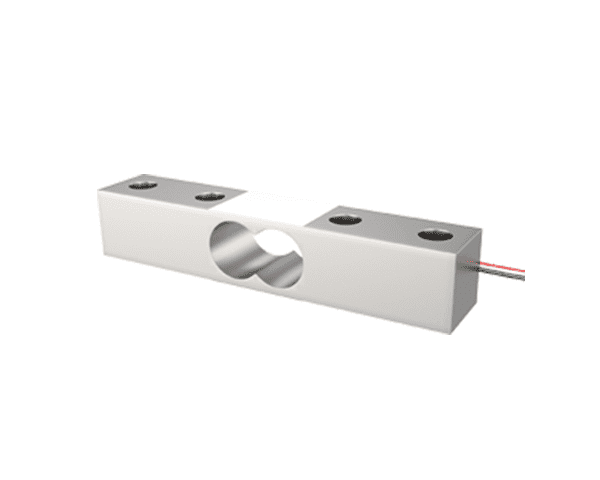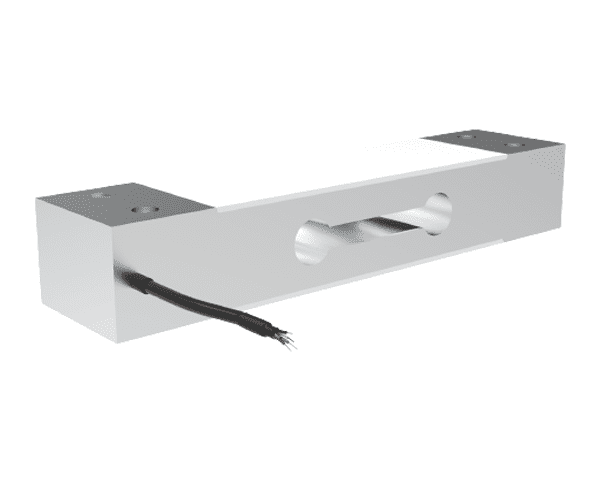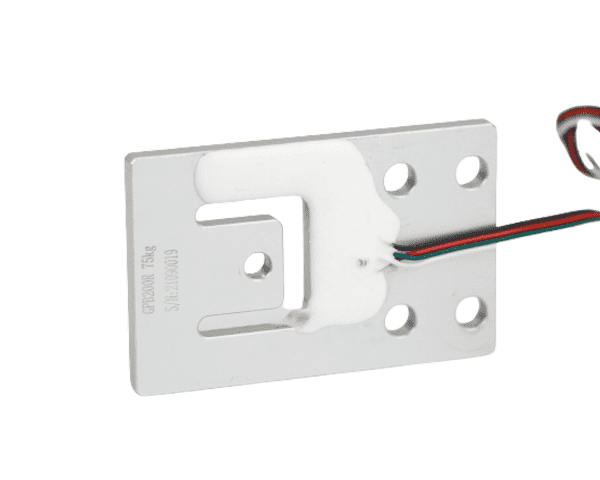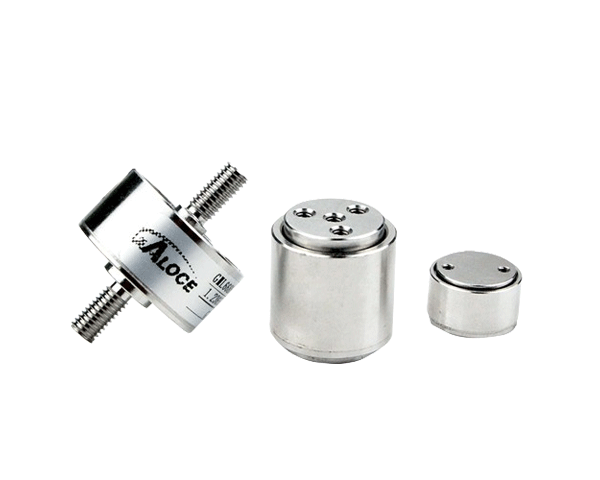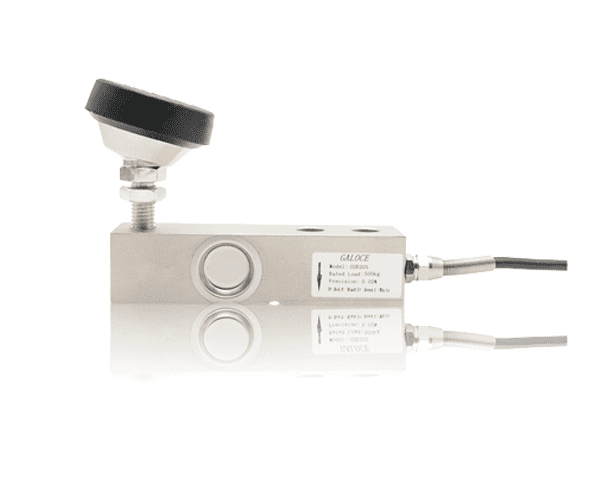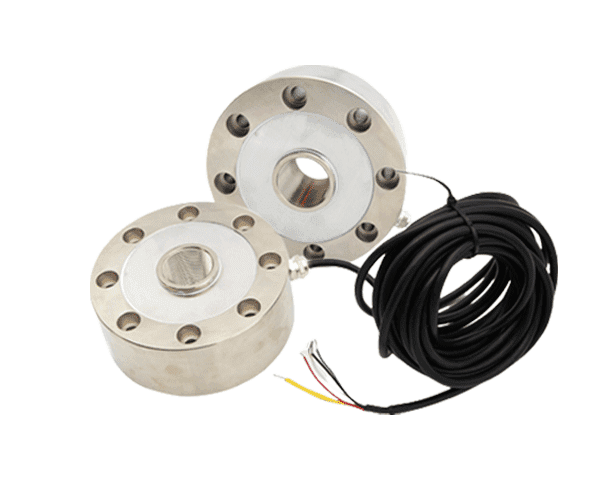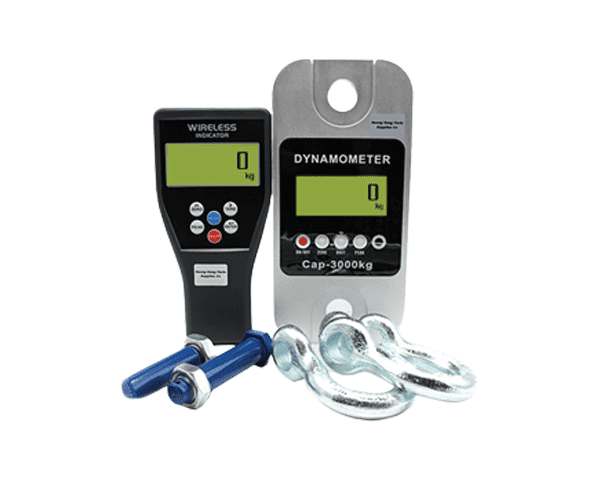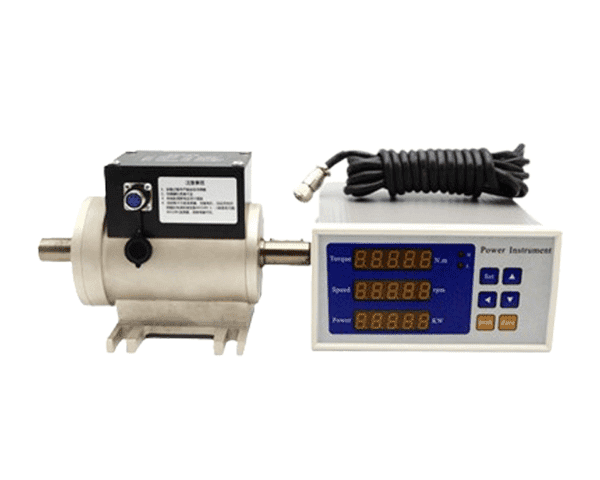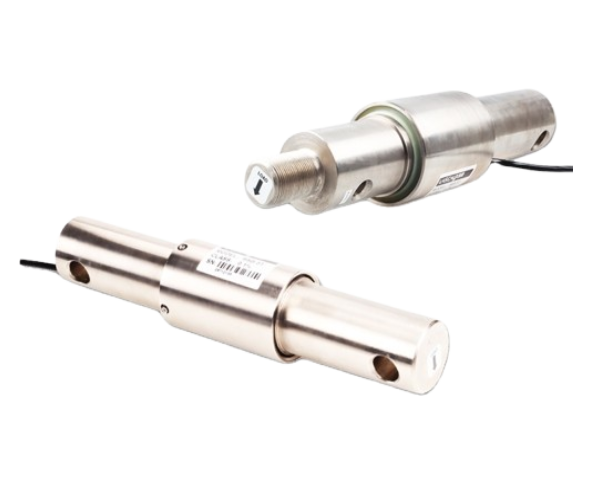Load cells are essential components in various industries for measuring force and weight accurately. Choosing the right load cell for your application and installing it properly are crucial steps to ensure accurate and reliable measurements. In this article, we will discuss how to select the right load cell for your specific needs and the proper installation process.
How to Select the Right Load Cell ?
When selecting a load cell for your application, there are several factors to consider:
1. Capacity: Determine the maximum weight or force that the load cell will need to measure. Choose a load cell with a capacity slightly higher than your maximum expected load to ensure accuracy.
2. Type of load: Consider whether the load will be tension, compression, or both. Choose a load cell that is designed to handle the specific type of load you will be measuring.
3. Environment: Consider the environmental conditions in which the load cell will be used, such as temperature, humidity, and potential exposure to chemicals. Choose a load cell that is suitable for the operating environment.
4. Accuracy: Determine the level of accuracy required for your measurements. Choose a load cell with the appropriate accuracy class for your application.
5. Size and mounting requirements: Consider the physical size and mounting options of the load cell to ensure it can be easily installed in your application. Choose a load cell that fits within the space constraints and mounting requirements of your system.
6. Consult with a load cell expert: If you are unsure about which load cell to choose, consult with a load cell expert or manufacturer for guidance. They can help you select the right load cell based on your specific application requirements and provide technical support throughout the selection process.you can contact us by phone or email, GALOCE engineer will provide One-to-one service.
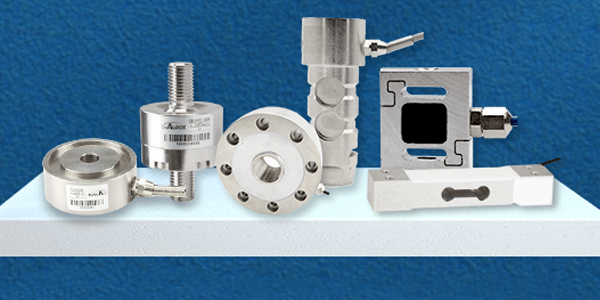
One of our customers, a food processing company, was in need of a platform scale to accurately weigh their bulk ingredients. They contacted us for assistance in choosing the appropriate weighing sensor for their platform scale.
After understanding their requirements and the nature of their products, we recommended a strain gauge sensor for their platform scale. Strain gauge sensors are known for their high precision and sensitivity, making them ideal for weighing small and large quantities of ingredients in the food industry.
The customer was initially hesitant about the strain gauge sensor due to its higher cost compared to other options. However, after explaining the benefits of the strain gauge sensor in terms of accuracy and durability, they decided to proceed with our recommendation.
Once the platform scale with the strain gauge sensor was installed in their facility, the customer was impressed with the consistent and precise weight measurements it provided. This helped them ensure the quality and consistency of their products, leading to improved customer satisfaction and reduced waste.
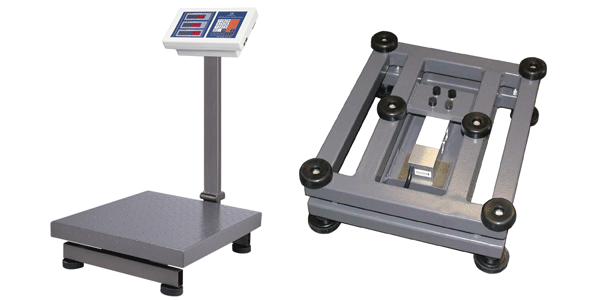
When you choose a right load cell, then how do you install the load cell properly?
Proper installation of a load cell is essential to ensure accurate measurements and prevent damage.
Follow these steps for a successful installation:
1. Mounting: Ensure that the load cell is securely mounted to a stable surface that can support the weight of the load. Use appropriate mounting hardware and follow the manufacturer's guidelines.
2. Alignment: Align the load cell properly with the direction of the load to prevent any side forces or misalignment that could affect accuracy.
3. Wiring: Connect the load cell to the data acquisition system following the manufacturer's wiring diagram. Use shielded cables and proper grounding to minimize interference.
4. Calibration: Calibrate the load cell before use to ensure accurate measurements. Follow the manufacturer's calibration instructions and use calibrated weights for verification.
Example: In a construction application where load cells are used to measure the weight of building materials, the load cells should be securely mounted to the crane or hoist in alignment with the direction of the load. Proper wiring and calibration are essential for accurate measurements.
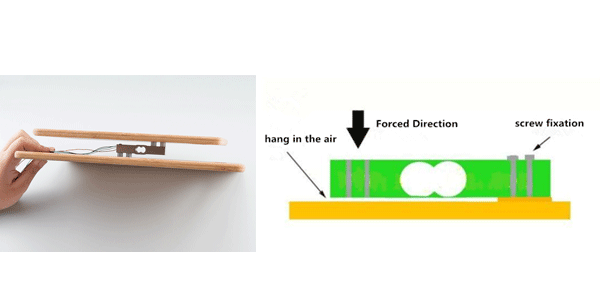
Conclusion: Choosing the right load cell for your application and installing it properly are critical steps to ensure accurate and reliable measurements. By considering factors such as capacity, type of load, environment, and accuracy, you can select the most suitable load cell for your needs. Proper installation, including mounting, alignment, wiring, and calibration, is essential for optimal performance. Following these guidelines will help you make informed decisions and achieve accurate results in your measurements. If you have any questions about the load cell, please do not hesitate to contact GALOCE.
